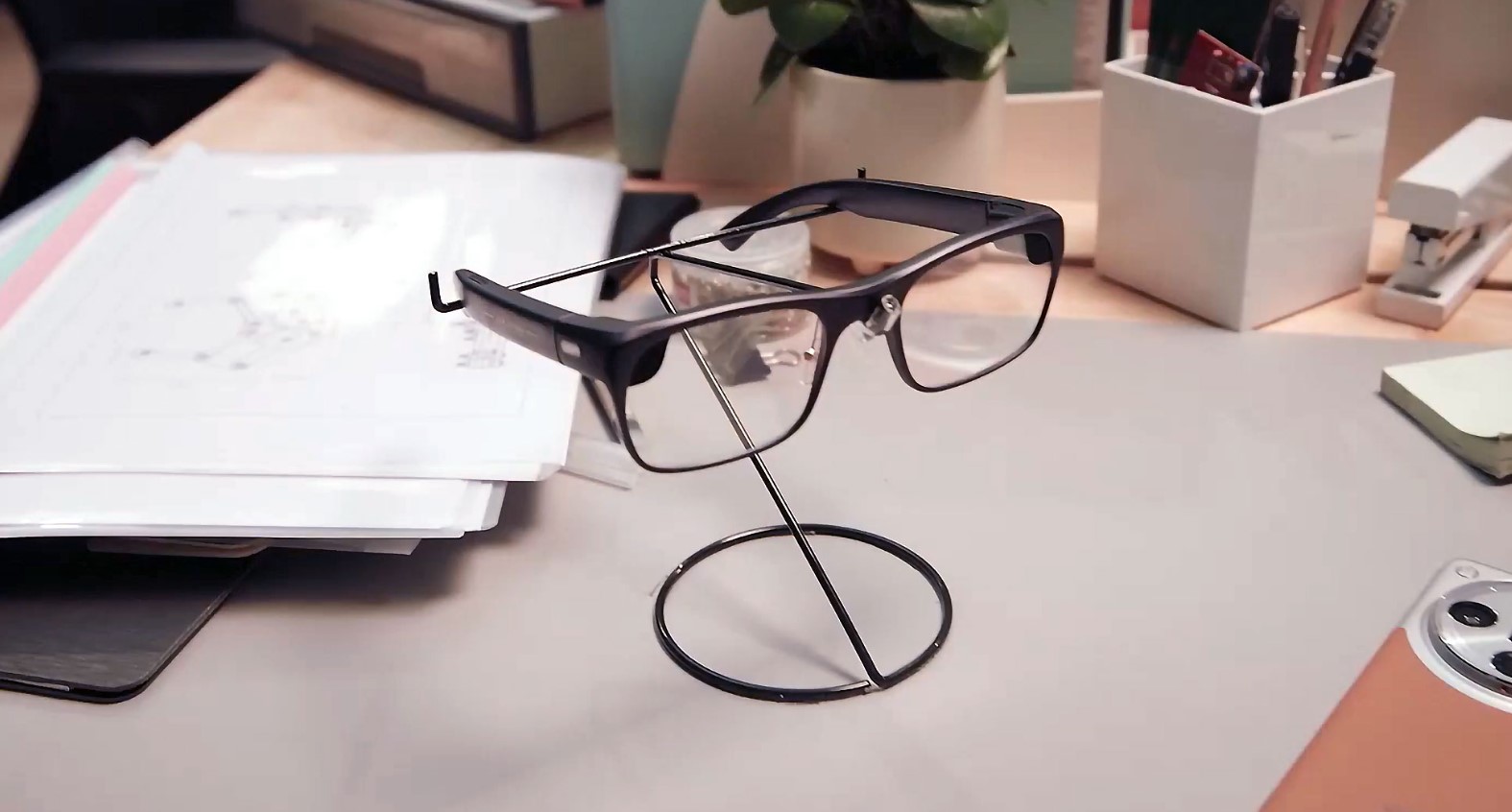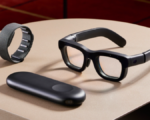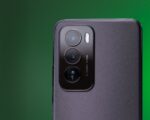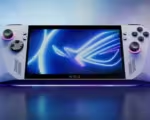Oppo Unveils Groundbreaking Air Glass 3 XR Eyewear Prototype with ‘AndesGPT’ AI Model at MWC 2024

Beyond AR: Oppo’s Air Glass 3 XR Eyewear Driven by AI Voice Assistant Functionality
In a bold move at the Mobile World Congress 2024 (MWC 2024) in Barcelona, Spain, Oppo, a leading player in the smartphone industry, unveiled a glimpse into the future with its prototype product, the Air Glass 3. Positioned at the intersection of cutting-edge technology and wearable innovation, the Air Glass 3 represents Oppo’s ambitious foray into the realm of augmented reality (AR) and artificial intelligence (AI). As competitors like Apple forge ahead with their own AR endeavors, Oppo’s strategic unveiling signals its commitment to staying ahead of the curve and redefining the boundaries of possibility in consumer technology.
Central to the Air Glass 3’s allure is its seamless integration of AI functionalities, spearheaded by Oppo’s proprietary AI model, dubbed ‘AndesGPT.’ This sophisticated AI model serves as the backbone of the eyewear, powering an array of intelligent features and interactions. Notably, Oppo has emphasized the pivotal role of AI in enhancing user experience, with a particular focus on hands-free operation facilitated by an AI-driven voice assistant. By leveraging advanced natural language processing (NLP) algorithms, the Air Glass 3 aims to deliver intuitive and responsive interactions, ushering in a new era of convenience and accessibility in wearable technology.
However, beyond its AI capabilities, the Air Glass 3 is poised to revolutionize the way users perceive and engage with augmented reality. As Oppo endeavors to democratize AR experiences, the eyewear promises a captivating fusion of virtual and physical worlds, seamlessly integrated into everyday life. With its sleek design and immersive visuals, the Air Glass 3 represents more than just a technological breakthrough; it embodies Oppo’s vision of a future where innovation converges with utility to enrich lives and redefine human interaction with technology. As anticipation mounts and the boundaries of possibility expand, Oppo’s Air Glass 3 stands as a testament to the boundless potential of AR and AI to shape the future of consumer electronics.
The Air Glass 3 eyewear looks like a regular pair of glasses but has a built-in display that lets users view digital content pasted onto real-world settings. The augmented reality bit can be used for navigation or even to view incoming messages or calls.

Interacting with the wearable happens both via voice and touch. Oppo claims to have successfully used its own homegrown large language model (LLM) called AndesGPT to power its voice assistant and the necessary generative AI features. The voice assistant for now is only available in China, but can perform basic information searches and have a proper conversations to assist the wearer.
Another way to interact with the Oppo Air Glass 3 wearable is via touch. According to Oppo, users will be able to touch the frame stalks on the sides to interact and navigate with onscreen content which is visible on the full-colour display. The eyewear weighs 50 grams and the display has a peak brightness of more than 1,000 nits. On the frame are four microphones to assist with voice functions and speakers for audio output as well.
More recently, Meta also launched a pair of smart sunglasses in collaboration with Ray-Ban. While these appear similar to the ones announced by Oppo, they rely on a camera and AI to capture photos or video and are mainly designed to stream whatever a user is looking at with the glasses, using ‘Hey Meta’ commands. What the Ray-Ban Meta smart glasses lack in comparison to the Oppo’s smart eyewear is a display as it solely relies on voice commands and prompts for control.





















